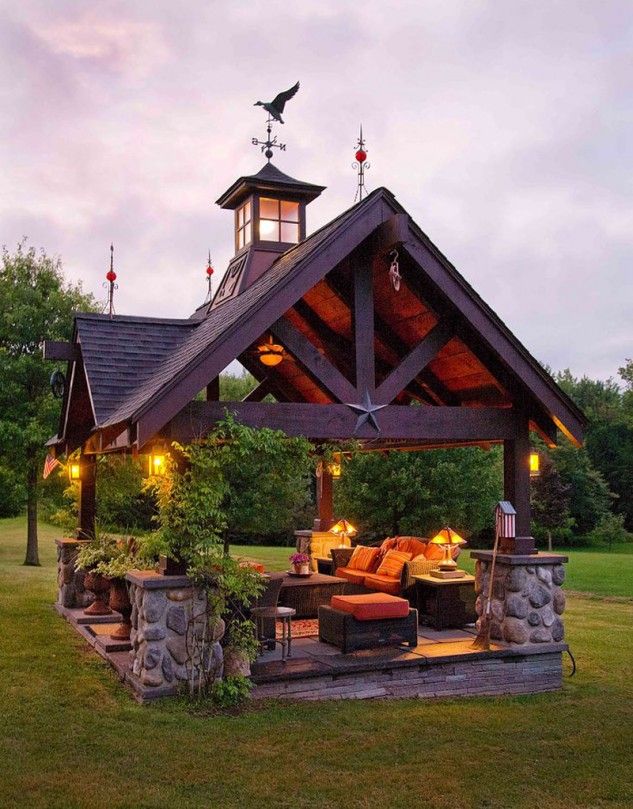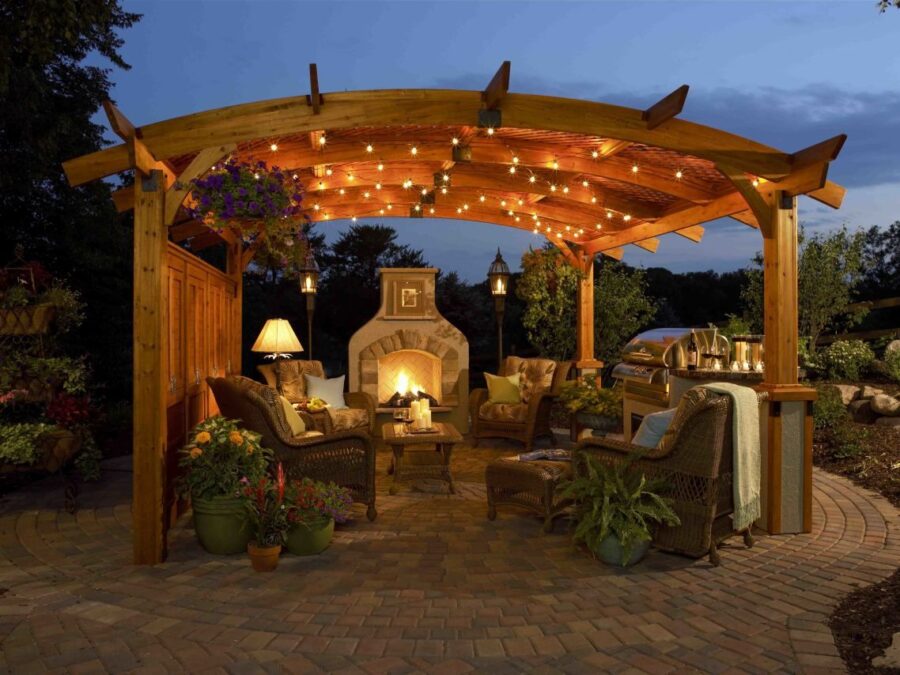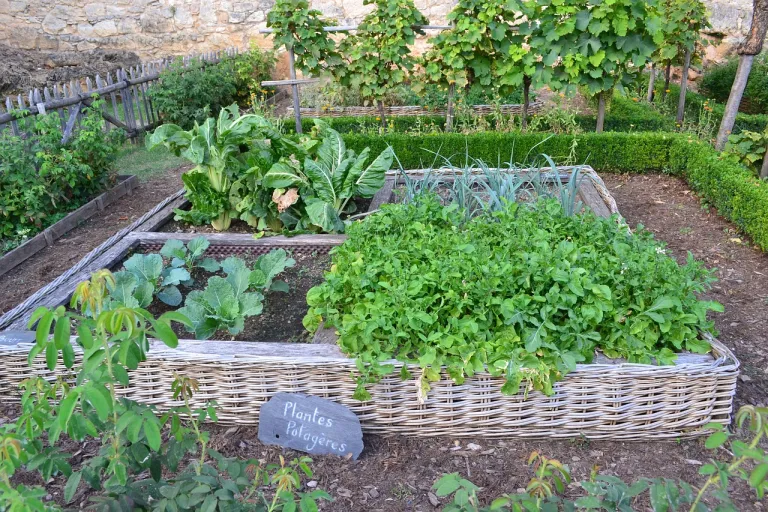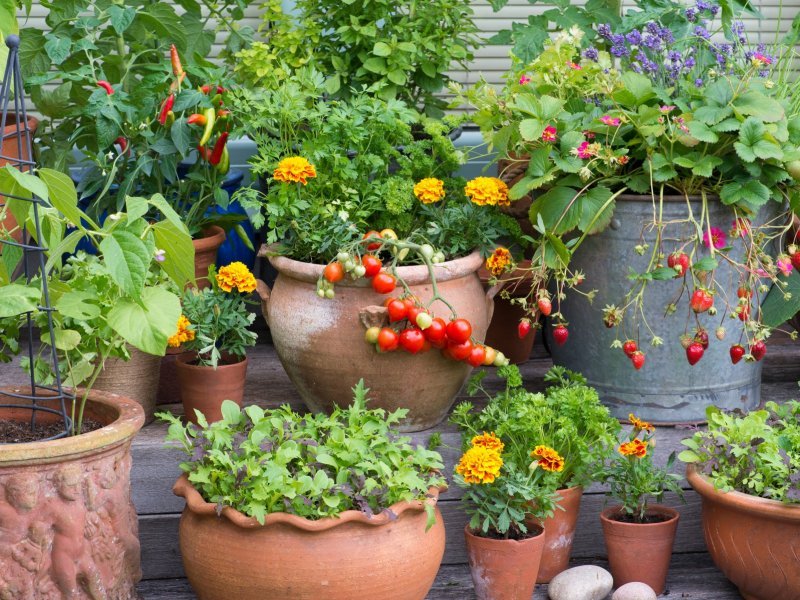Arches, pergolas and arbors add a new dimension to a garden. They also provide a perfect opportunity to grow a wide range of climbing plants. Tubular metal arches such as this can be bought as ready-made units.
Arches come in a range of shapes which may be round-topped, pointed or square. An arch may be to frame a view or lead the way from the house to the patio, or can highlight the entrance to a pathway or the route beyond a fence or hedge. A row of arches may be lined up along a path.
A pergola is a larger structure made up of a series of joined arches. This may form a single divide between one area of the garden and another bur it is commonly made of a double row of uprights held together by roof struts and placed to span a path or form a covering for a patio. A pergola can also be attached along one side to a wall or fence.
Depending on where it is sited, an arbor is a partially enclosed space that may be a garden hideaway, a place in which to sit in private, or a ring-side seat from which the whole garden can be viewed. An arbor or a pergola can be made more rainproof by adding a translucent roofing material to the top.

Arches, pergolas and arbors all form a striking part of a garden’s designs and look most in keeping if they suit the house and the garden’s style. Stained or painted squared-off timber is popular for modern situations, while rustic poles are often used to recreate a country-garden style. These can have the bark removed to help prevent rot and insect infestation or left on to attract small insect- eating birds. Iron or tubular steel with a galvanized, painted or plastic coated finish can also be used. For a long-lasting, but more expensive, alternative brick or stone uprights may be built and married up with timber roof struts. Garden seats with a built in arch can be placed against a solid background, forming a simple arbor.
Arches, pergolas and arbors can be made on site or bought in a range of sizes already to he easily erected on site. In most cases you will need to allow for poles which are at least 60 cm/24 in longer than the height required, to provide a fixing into the ground. A span of about 1 m/3-4 ft is about the widest suitable for an arch.
An arbor is usually sited in a sunny spot, with the frame and plants providing shade. In a windy situation it is best to site an arbor with its back to a wall, fence or hedge to provide protection. The structure can be positioned parallel with a side or end boundary, run diagonally across a corner, or sited centrally within an open space.
As a seat is the central ingredient of an arbor decide on its size and shape first, then construct around it. The frame material and thickness need to be strong enough to take the span required and also to support vigorous climbers. Draw up a rough sketch of the design you prefer. Include the measurements and take this with you when buying the materials so that you can obtain advice on the thicknesses required. The frame will soon be transformed by clambering plants to make an enclosed space. Scented climbers will make sitting in the arbor a special pleasure.









